What are Containers?In the traditional classical deployment scenario, we had hardware and an operating system for running multiple applications. If you want to run node.js, having certain dependencies, it will necessitate certain libraries and some specific kind of operating system. For example, in order to install MySQL, it requires some libraries, dependencies, and specific requirements of the operating system. 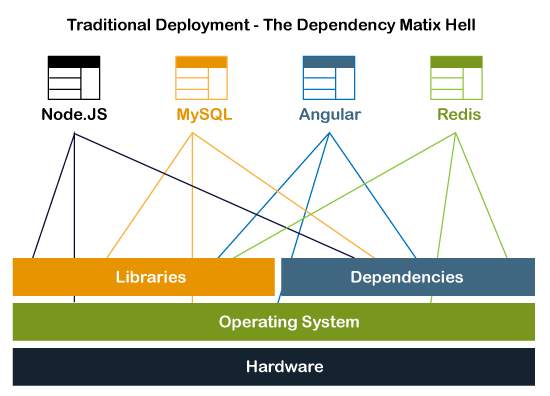
Likewise, if you run multiple software, each one of them will require its own library as well as dependency. It may even cause conflict because not necessarily each application will ask for the same libraries specific to some version; some may need a different version of the same library. Now the question is, how we will solve such an issue? Because eventually, you will end up with dependency matrix hell where you cannot upgrade or maintain this matrix hell. To solve this dependency matrix hell for upgrading the software or the applications, we will utilize the containers. Containers build the application, ship the application, deploy, and scale these applications with ease and independently. Containers vs. VMs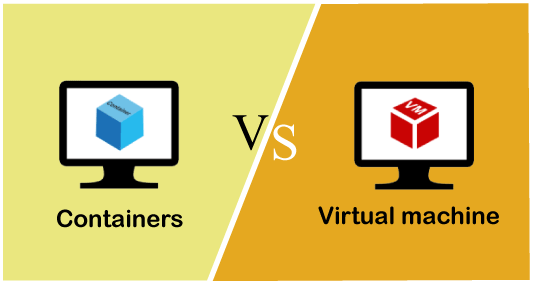
In order to learn about the container, it is recommended to first know how it varies from a traditional virtual machine (VM). In the case of traditional virtualization, a hypervisor is leveraged to virtualize physical hardware regardless of it being on-premises or in the cloud. For each virtual machine, there exists a guest of the operating system, a virtual blueprint of the hardware required by the OS to run, accompanied by an application and its connected libraries and dependencies. The containers virtualize the operating system (typically Linux) rather than virtualizing the hidden hardware so that each particular container can include both the libraries and dependencies of the corresponding application. The containers are fast, portable, and lightweight due to the absence of the guest operating system. Architecture of ContainerSimilar to the traditional ones, the container also has an Operating System and Hardware. On top of hardware, we have Container Engine such as Docker. The Container Engine software creates a container that packages the libraries and dependencies alongside as it will facilitate effortless movement of a container from one machine to another. 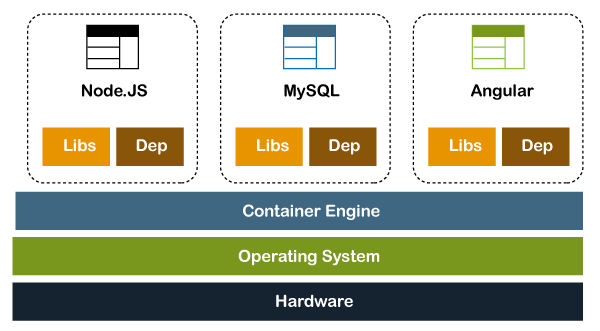
These libraries and dependencies come as a part of a package, which is nothing but a container. In the same way, we will have different containers, which can be easily moved across the Virtual Machines regardless of worrying about the underlying dependencies that may be required by the application to run because everything that is needed by an application to run is packaged as a container that you can move around. Advantages of containers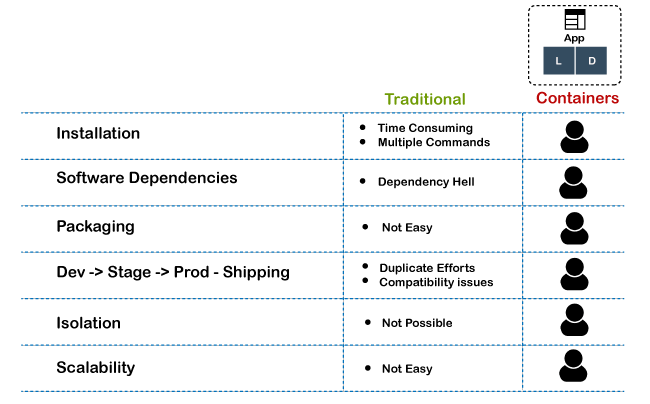
Container Management PlatformContainer management platforms are well-defined as high-level tools that play a pre-eminent role in container orchestration. Container Management Platforms make use of fundamental container runtime systems. However, there exist some container management platforms that mix-match the accumulation of multiple container runtimes. KubernetesKubernetes, being designed and released by Google, refers to an open-source container management system. With Kubernetes, we can easily create a distributed cluster of hosted containers. Kubernetes offers robust container cluster orchestration tools, including health monitoring, deployment, failover, and auto-scaling. 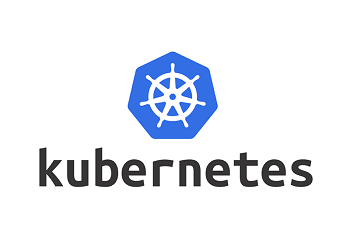
DockerLikewise, docker also provides you a group of utilities with which you can easily launch, orchestrate and manage the container's cluster. Since it has a huge demand, its container definition system is supported by several third-party container management systems such as Amazon ECS and Kubernetes. 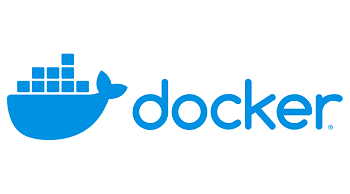
Amazon ECSAmazon Elastic Container Service is the only Amazon cloud-based service, which can easily manage the Docker containers inside a cluster. ECS comes up with one of the most powerful API that is tightly integrated with the rest of the Amazon cloud suite empowers a powerful workflow of DevOps. 
OpenshiftThe Openshift container platform refers to an enterprise Red Hat Linux product. It can be understood as RedHat's cloud development Platform as a Service (PaaS). Openshift is one of those trusted enterprise cloud platforms that can merge with other Red Hat tools. 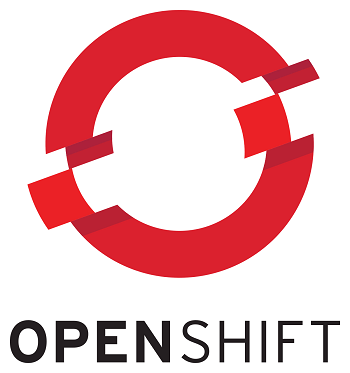
Use cases of containersIn the cloud environment, container plays an eminent role. Having said that, many companies are planning to replace the VMs with Containers being general-purpose compute platforms for their applications and workloads. Following are some relevant use case of containers: 
Next TopicTop 10 Richest Caste in India
|
 For Videos Join Our Youtube Channel: Join Now
For Videos Join Our Youtube Channel: Join Now
Feedback
- Send your Feedback to [email protected]
Help Others, Please Share









